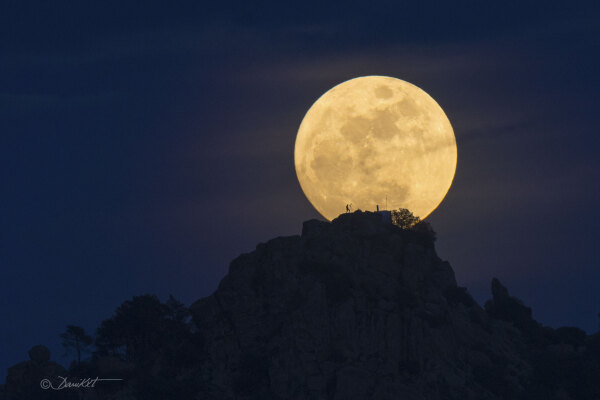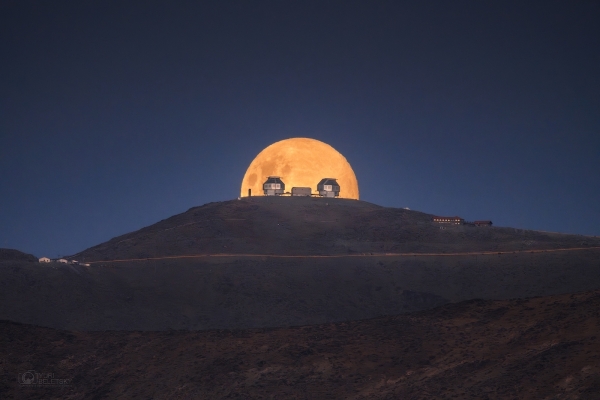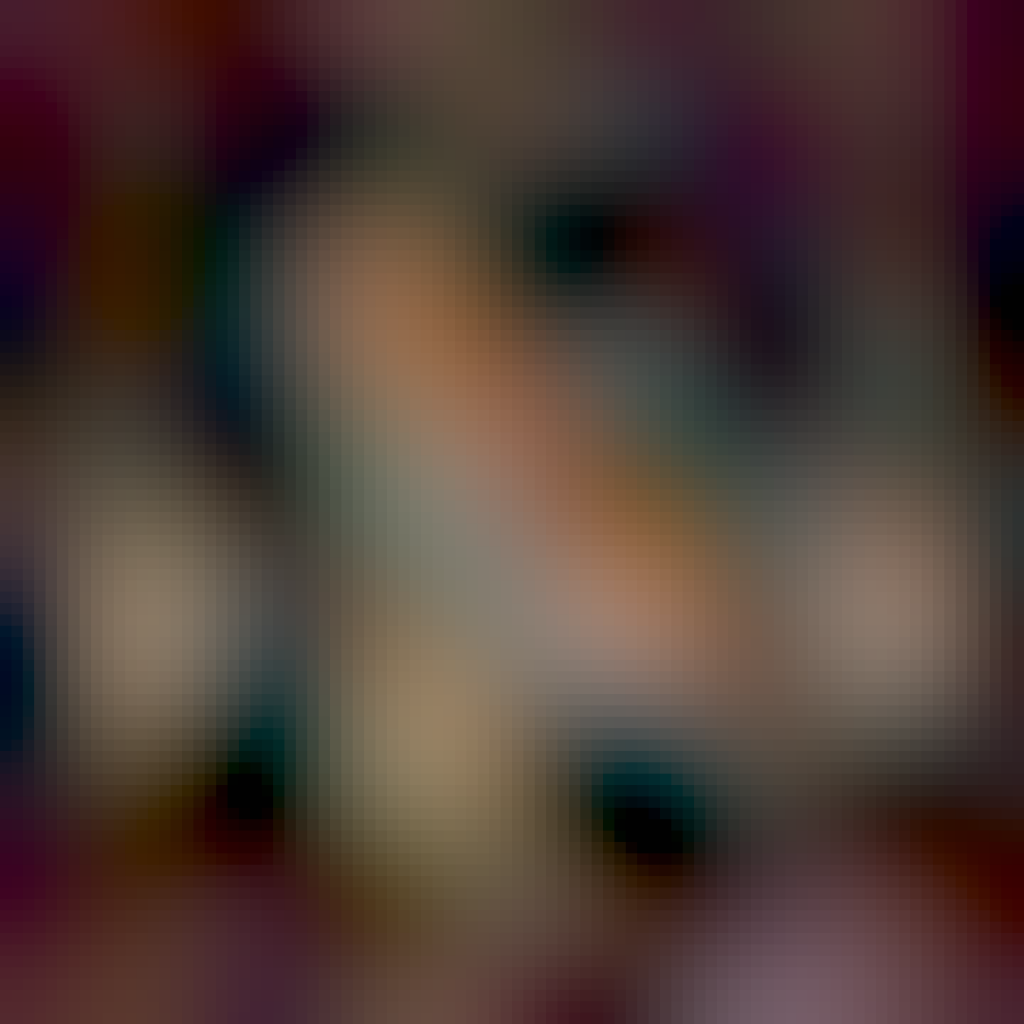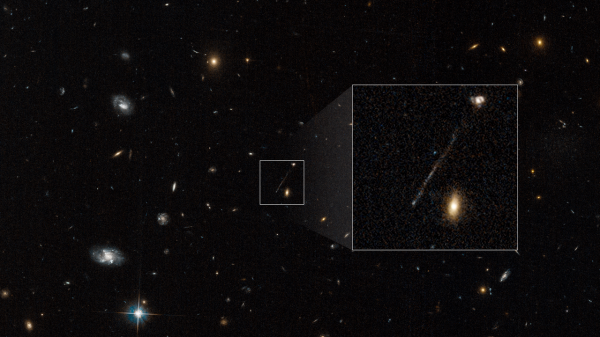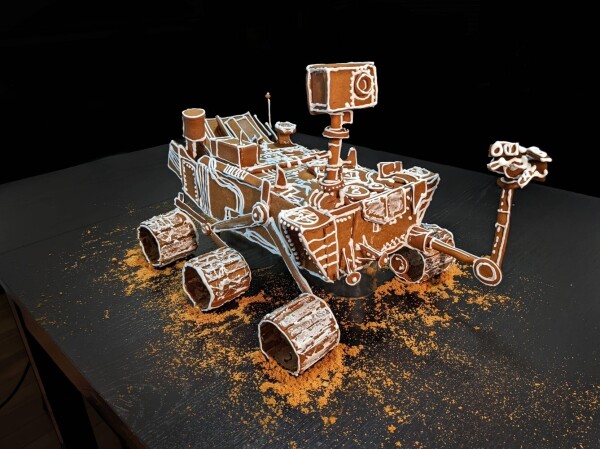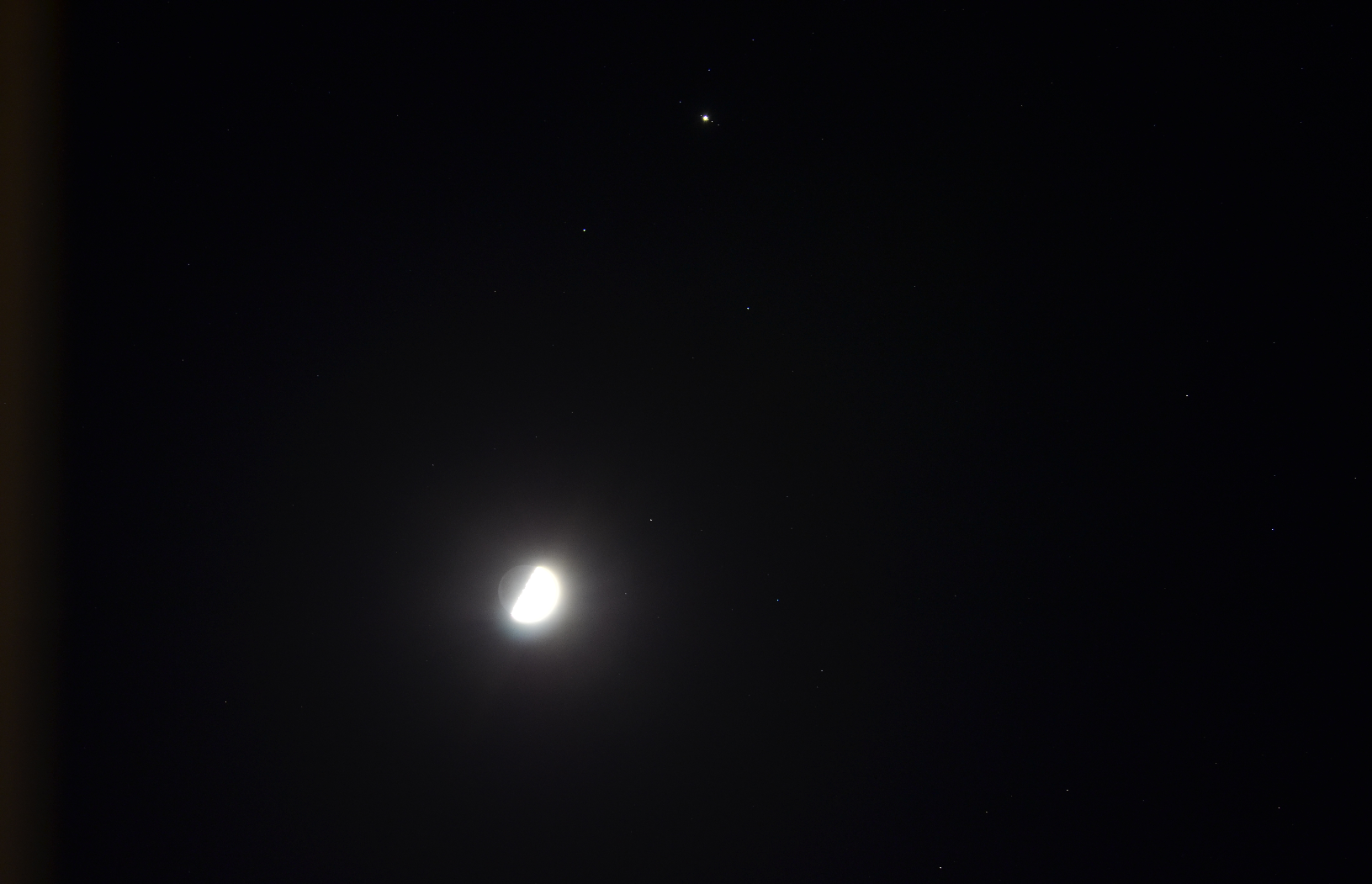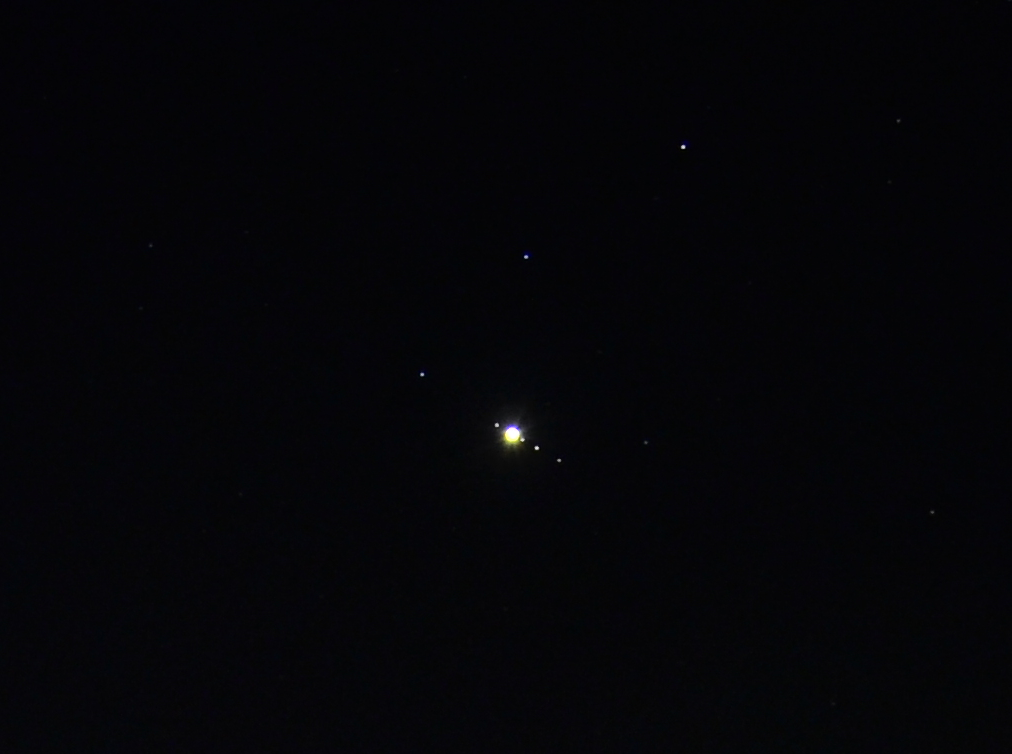Search
Items tagged with: astronomy
Find the Man in the #Moon
#Astronomy #Picture of the Day
https://apod.nasa.gov/apod/ap240915.html
#APOD
APOD: 2024 September 15 – Find the Man in the Moon
A different astronomy and space science related image is featured each day, along with a brief explanation.apod.nasa.gov
Also into lots of other stuff.
#Earthrise: A #Video Reconstruction
#Astronomy #Picture of the Day
https://apod.nasa.gov/apod/ap240630.html
#APOD
APOD: 2024 June 30 – Earthrise: A Video Reconstruction
A different astronomy and space science related image is featured each day, along with a brief explanation.apod.nasa.gov
What is "normal" anyway?
Astronomers have found multi-planet systems around a number of nearby stars, but none that's much like our own. They're not a lot like each other, either.
We still don't know what a normal planetary system looks like, or if there even is such a thing.
https://astrobiology.com/2024/01/unraveling-the-mysteries-of-planet-formation-and-evolution-in-a-distant-solar-system.html #science #nature #astronomy
Unraveling The Mysteries Of Planet Formation And Evolution In A Distant Solar System - Astrobiology
A recently discovered solar system with six confirmed exoplanets and a possible seventh is boosting astronomers’ knowledge of planet formation and evolution.Keith Cowing (Astrobiology)
Full #Observatory #Moon
#Astronomy #Picture of the Day
https://apod.nasa.gov/apod/ap240127.html
#APOD
APOD: 2024 January 27 - Full Observatory Moon
A different astronomy and space science related image is featured each day, along with a brief explanation.apod.nasa.gov
Ooh, look I read another paper. Hurrah !
This one is about an incredibly, superlatively faint galaxy discovered back in 2018 that I'd forgotten about completely. Here the authors use Hubble observations to rule out an old stellar population - it only has young stars. This most likely means it's a tidal dwarf, having just recently formed due to tidal interactions but not likely to last long.
#Science
#Astronomy
#Space
#Galaxies
https://llittlephysicists.blogspot.com/2024/01/the-faintest-galaxy-is-getting-even.html
The faintest galaxy is getting even fainter
A blog about astronomy, data visualisation, and occasionally philosophy of science.llittlephysicists.blogspot.com
The Siena Galaxy Atlas contains the most precise overview of galaxies in the nearby universe: 380,000 of them, each one as vast and storied as our own Milky Way. https://noirlab.edu/public/news/noirlab2328/
#space #science #astronomy
New Siena Galaxy Atlas Delivers Improved Measurements of Almost 400,000 Nearby Galaxies - The unprecedented digital atlas includes data from NOIRLab telescopes and will be an invaluable resource for research into galaxy formation and the structure of the
Astronomers have created a detailed atlas of almost 400,000 galaxies in our cosmic neighborhood. The Siena Galaxy Atlas was compiled using data from NSF's NOIRLab telescopes, and is designed to be the pre-eminent digital galaxy atlas for large galaxi…www.noirlab.edu
Credit: NASA, ESA, and F. Summers
Source: https://svs.gsfc.nasa.gov/30686
#Astronomy #Space #Universe #AltText4Me
This streak on a Hubble photo, originally thought to be an imaging glitch, is actually a 200,000 light year trail of new stars formed by the wake of a black hole that was ejected from the galaxy at the top right.
For reference, that streak is about twice the diameter of the Milky Way!
More details: https://hubblesite.org/contents/media/images/2023/010/01GWQ1F36Y4JK6Y4K8AWMZ86AF?news=true
#hubble #blackhole #astronomy
This seminal breakthrough led to the creation of a whole new field of astronomy, as her once-startling theory became an accepted part of the still-evolving story of the universe.
Favored to win the Nobel Prize for years, she died in 2016 without ever receiving a call from Stockholm.
#Astronomy
https://skyandtelescope.org/astronomy-news/vera-rubin-mother-of-dark-matter-dies-at-88/
photo: Carnegie Institute
@royalastrosoc
I see this all too often -- major public/nonprofit organizations set up shop here, but don't know how to best cross-link/promote it, so the accounts get kind of lost. If you care about #astronomy & like their work, give them a boost or follow 😀
The light from these galaxies has taken more than 13.4 billion years to reach us implying they existed 400 million years after the big bang, when the #universe was only 2% of its current age.
These galaxies are extremely faint because of their great distance from us. Astronomers can now explore their properties, thanks to JWST's exquisite sensitivity.
#astronomy #cosmology
https://phys.org/news/2022-12-nasa-webb-milestone-quest-distant.html
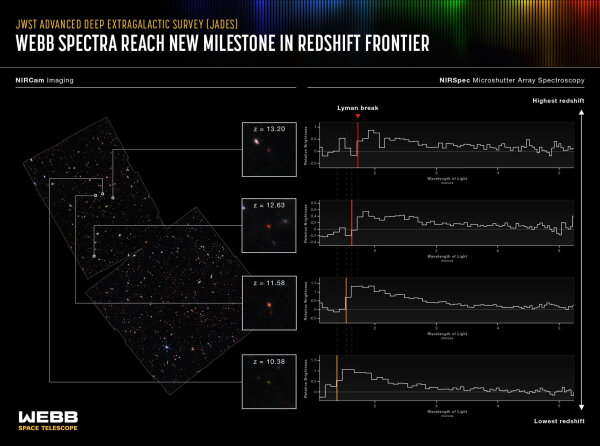
NASA's Webb reaches new milestone in quest for distant galaxies
An international team of astronomers has used data from NASA's James Webb Space Telescope to report the discovery of the earliest galaxies confirmed to date. The light from these galaxies has taken more than 13.Science X staff (Phys.org)
And I am speeding through the galaxy arm right now at about 500 ly/s. 😁 (That's about 10^10 c.)
Celestia: Home
Celestia is a free space simulator for Windows, Linux, macOS, iOS and Android. You can freely explore space in three dimensions. The program displays objects and orbits based on scientific data.celestia.space
I play the #violin, the #viola, (sorta) the #piano.
I occasionally post photos of our #cat Misty.
Talk to me about #PublicTransit #ProgrammingLanguages, #fantasy, and #civics
Welcome to the instance, and I hope y'all have a great time here!
#introduction
#tech
#edm #DanceMusic #HouseMusic #Soul #AcidJazz
#aviation
#photography
#CatPix
#Art
#Liberal #LeftOfCentre #nzpol
#clouds #sunsets
#pubs
#puns (the last one should say puns but it works) #DadJokes
#travel
#Books & #Reading & #Writing
#Astronomy
#NotAstrology
#exPom
#Marketing
#SciFi
